The original US electric power grid was designed in 1882 to connect large central generating stations through a high voltage (HV) transmission system to a distribution system that directly fed customer demand. The first distribution systems were built in Manhattan and New Jersey. These systems used direct current over copper wiring.
Generating stations usually consisted of steam-powered boilers that used fossil fuels and hydro turbines to produce electricity. Over the decades technology has been developed in an organized operational and regulatory environment. Until recently energy consumption has grown at predictable and manageable rates.
Even though the power grid has been continually updated, today’s increasing demand for electric power in industry — and in all aspects of our lives — continues to accelerate every year. Electric vehicles alone will increase the total load on the grid by approximately 25% (source: USDOT). Public policies, economics and technological innovations will continue to drive the rapid change in the electric power grid. The electric power industry is quickly moving toward the goal of providing reliable electricity from increasingly clean and inexpensive renewable resources.
In this issue of Everything Under Control we will present an overview of what is needed to strengthen the Power Grid and ensure that the future electricity needs for the United States are fulfilled.
Ongoing Technological Developments
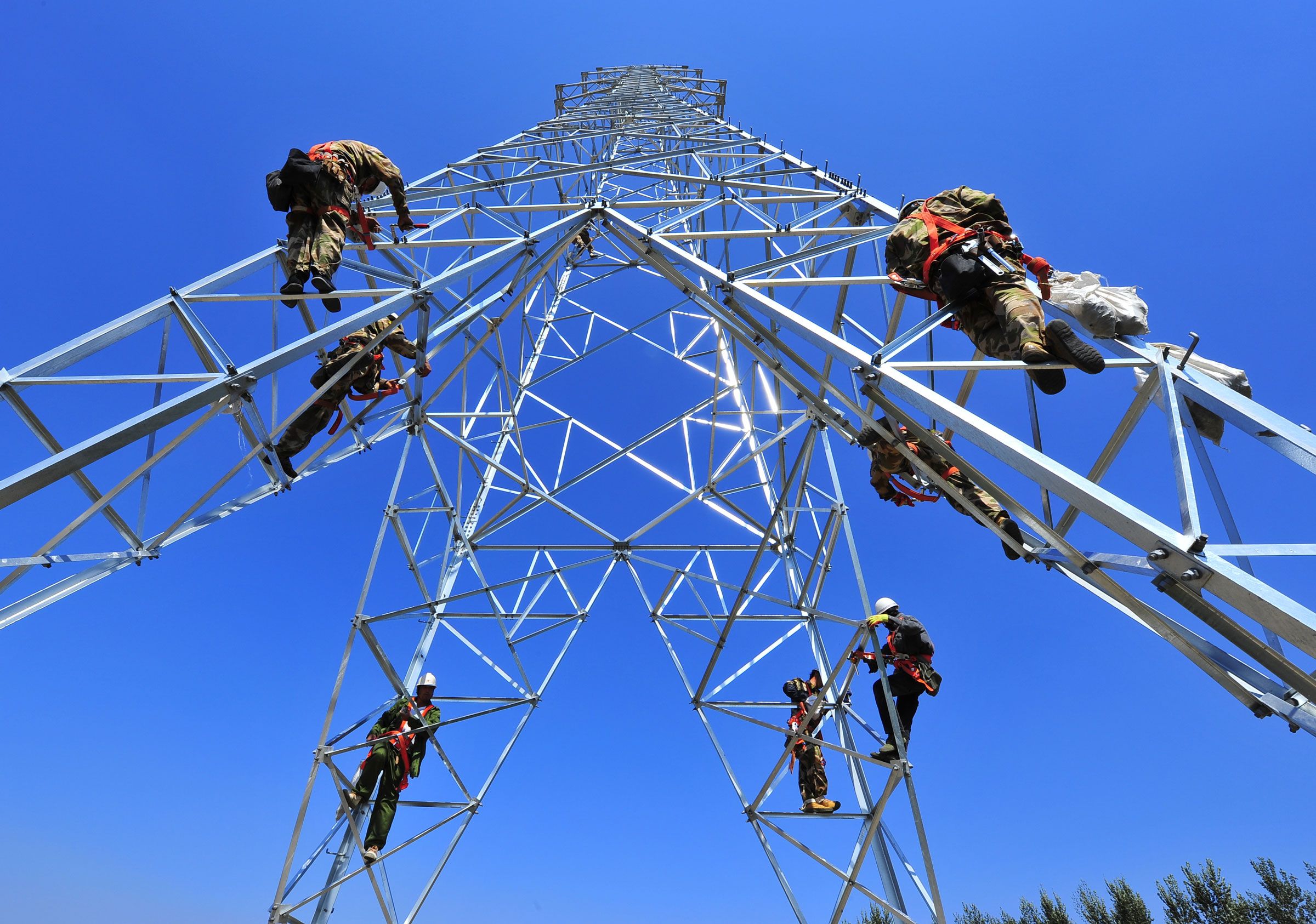
Since it's inception 140 years ago, there have been considerable technological advances to the United States power grid. Over the years the grid has been continually updated with new technologies, including increased efficient and electricity-generating sources that are environmentally friendly, such as solar energy. Higher voltage equipment has been developed along with power electronics in the form of High Voltage direct current (HVdc) and Flexible Alternating Current Transmission Systems (FACTS).
Today the grid consists of over 9,200 electric generating stations with more than a million megawatts of generating capacity that travels through more than 300,000 miles of transmission lines. Even though the electric grid is considered an engineering feat, the patchwork nature of the grid is being stretched to its capacity. As we move forward, the US will need a new type of electric grid — one that is built to handle the introduction of digital and computerized equipment and technology as it is being developed. We will need a system that can automate and manage the increasing complexity and needs of electricity in the 21st Century and beyond.
Major Changes in the Fuel Mix
The creation of wholesale electric markets and increasing environmental policies prompted significant changes in the fuel mix used in generating stations. The mix has moved from coal and nuclear generation to efficient natural-gas-fired combined cycle units. A combined-cycle power plant uses both a gas and a steam turbine together to produce up to 50% more electricity from the same fuel than a traditional simple-cycle plant. The waste heat from the gas turbine is routed to the nearby steam turbine, which generates extra power.
Some tension does exist between wholesale electric markets and the public policies that subsidize or promote the use of renewable energy resources and energy efficiency. Regardless, the economics of renewable energy resources — especially solar energy — have become increasingly favorable. Applications of renewable energy have resulted in environmental sustainability and lowered costs to consumers.
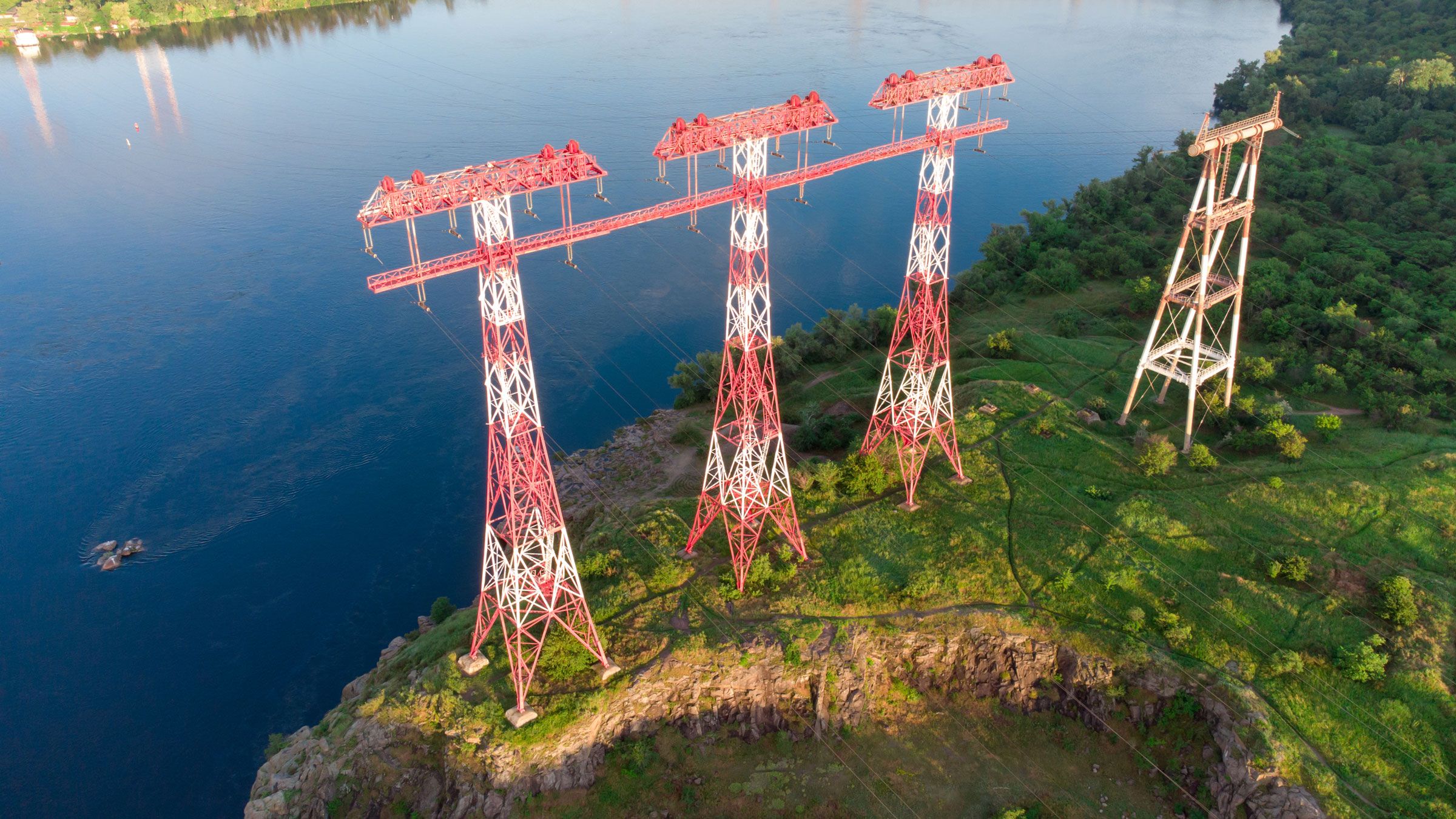
Two-way Power Flow System
The US electrical power system has transitioned to the new two-way power-flow system at a fast rate and continues to move forward rapidly. As part of the Smart Grid concept, the two-way system is an electricity network that enables a two-way flow of electricity and data. The implementation of the two-way power flow is frequently recognized as a first step towards the Smart Grid.
What Makes the Grid Smart?
The Smart Grid uses digital technology that allows for two-way communication between the utility and its customers, as well as the sensing of peak demands along the transmission lines. The Smart Grid will consist of controls, computers, automation, new technologies and equipment working together. These technologies will work as part of the Smart Grid to respond digitally to our quickly changing electric demand.
Key Components of Smart Power Grids
Implementing a smart power grid requires the integration of several advanced technologies, each playing a crucial role in its operation:
AI: Serving as the core technology, AI powers the “brains” of supervisory control and data acquisition (SCADA) systems. It analyzes vast amounts of data in real time to optimize grid operations, predict demand, and detect anomalies.
IoT Sensors: Deployed across the grid, these sensors monitor power flow, equipment health, and environmental conditions, enabling proactive planning of preventative maintenance.
Connectivity: Utilizing 5G and distributed private networks, connectivity ensures seamless communication from sensors to AI systems and supports bi-directional energy flow, such as importing energy from buildings with rooftop solar panels.
Advanced Metering Infrastructure (AMI): Smart meters installed in homes and businesses provide real-time data on energy consumption to both consumers and utility providers.
Advanced Distribution Management Systems (ADMS): These systems automatically manage power distribution, turning off unneeded sections during peak usage with smart load control switches and distribution boards.

Implementing the Smart Grid
To move forward with the creation of the Smart Grid, many changes are taking place. The old grid needs to be modified from the bottom up — and must be able to manage the abundance of digital and computerized equipment and new technology involved. The Smart Grid will automate and manage the increasing complexity and needs of electricity for today and in the future.
What can a Smart Grid Do?
The US Smart Grid offers an incredible opportunity to move the energy industry into a new era of reliability, availability and efficiency that will contribute to the economic and environmental health of our country. During the transition it will be critical to carry out testing, technology improvements, consumer education, development of standards and regulations, as well as information sharing to ensure that the benefits we envision from the Smart Grid become a reality.
Benefits of Building the Smart Grid
- More efficient transmission of electricity
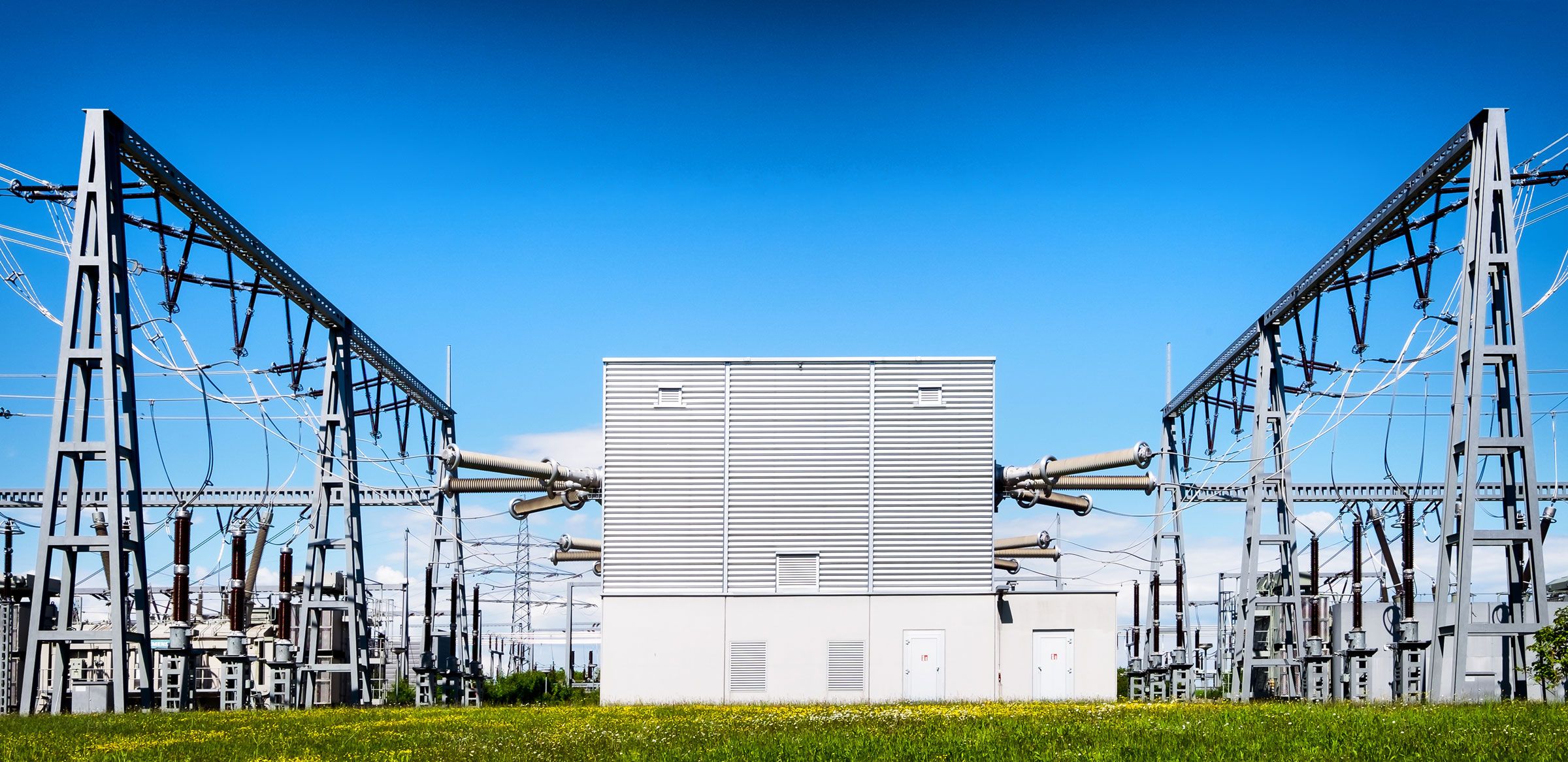
- Improved customer services for utilities
- Quicker restoration of electricity after power interruptions
- Operations and management cost reductions for utilities
- Ultimately lower power costs for consumers
- More control during peak demand, which may lower electricity rates
- Increased integration of large-scale renewable energy generation systems
- Improved integration of customer-owned energy generation systems including renewable energy systems
- Improved response and security
Utilities use Smart Metering
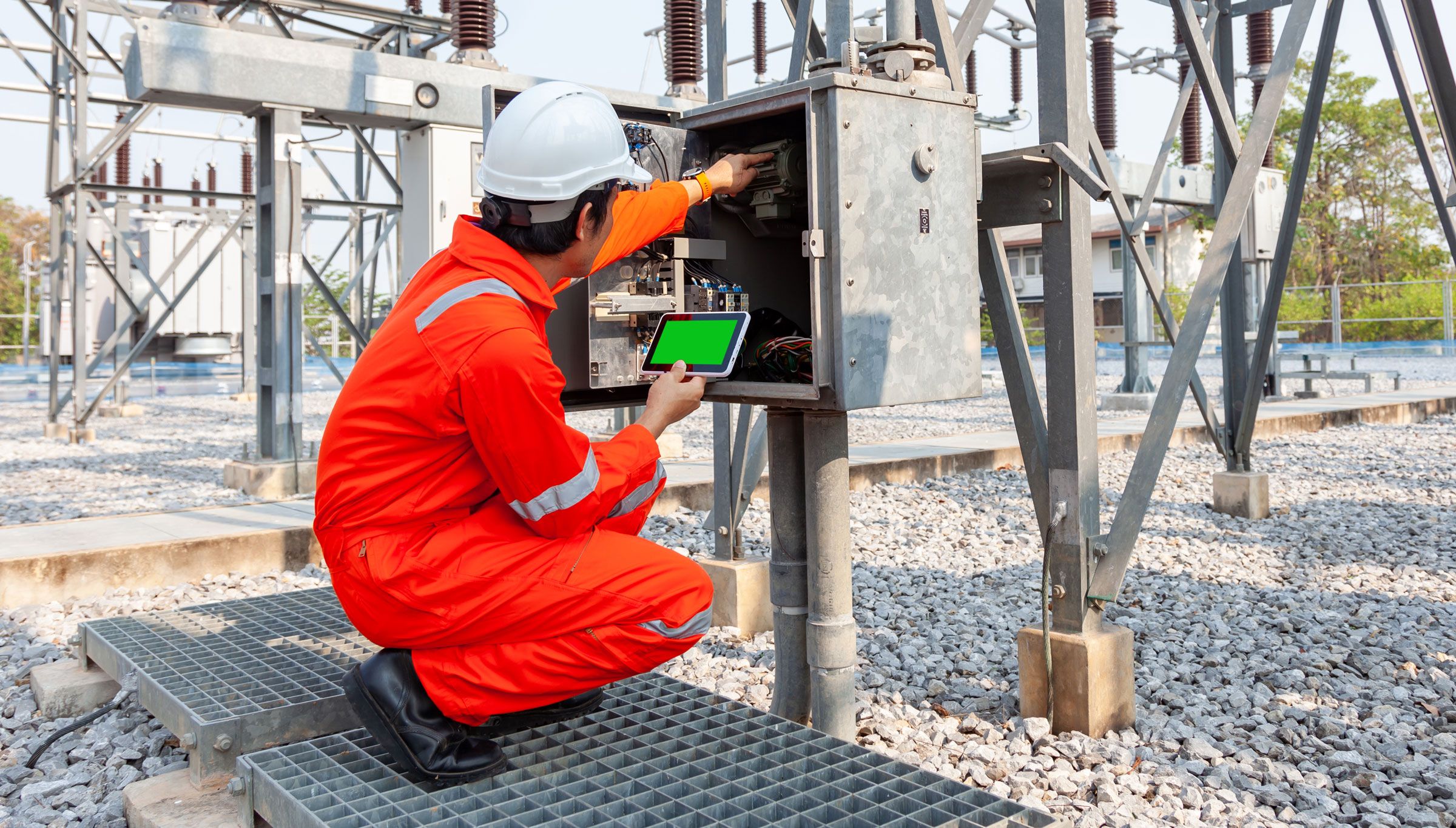
Today the usage of Smart meters is mainly in the context of advanced metering infrastructure (AMI). AMI is deployed by utilities in the scope of Smart Grid projects, Smart homes, Smart buildings, Smart offices, and the evolution of Smart cities.
Smart metering has been used mainly in the Smart energy metering projects of utility companies serving residential customers. Smart meters can communicate with other devices, such as Smart appliances and household equipment and can be remotely monitored and controlled by the utility distribution service operator (DSO).
Consumers with homes that have solar installations and produce more electricity than they can use have the option to sell that electricity back to the local utility. Those customers are being labeled “prosumers.” For billing purposes, Smart meters will keep track of the amounts of electricity they use from the utility and the amount of electricity they sell back to the utility.
Smart meters aren’t simply deployed for billing purposes and to keep track of energy consumption. Electric utilities also use them to monitor power quality and enhance the power flow and improve service. Smart meters give utilities an opportunity to intervene faster in case of issues such as an outage. In the context of other parts of the grid, Smart meters are also used for substation automation, line sensing and equipment control.
Utilizing IoT Technologies
Smart meters utilizing Internet of Things (IoT) technologies can provide real-time data for various purposes and different types of users. For utility companies, Smart meters initially provided a method to change their rate models in alignment with costs and demand — and to remove the costs of manual meter reads. At times, Smart metering projects have encountered resistance in a consumer context because of privacy concerns.
Businesses also use IoT with Smart meters to keep track of the energy they consume. This enables them to initiate measures to reduce energy usage to better control costs. In some environments, Smart metering is used to meter the cost of energy in different areas of a building and track the energy quality in these different areas.
Measuring Electricity Consumption
Smart meters measure the amount of energy that is consumed — as well as the amount of energy that is transmitted to the network. At regular intervals, the data is sent to distribution network operators who use it to map consumption peaks and gain insights, while passing it on to the energy supplier for billing purposes. One of the promises of Smart meters is more precise measurement and invoicing, often also in combination with dynamic pricing.
With the rising demand for power and the growing need for electrification, digitalization and decentralization, along with the addition of new renewable energy sources — Smart meters are deemed critical for the electricity sector. They are absolutely vital in the quest for further deployment of renewable energy sources, as well as in the consumer environment, where electric cars and the usage of phones, computers, storage batteries and smart heat pumps is continually increasing.
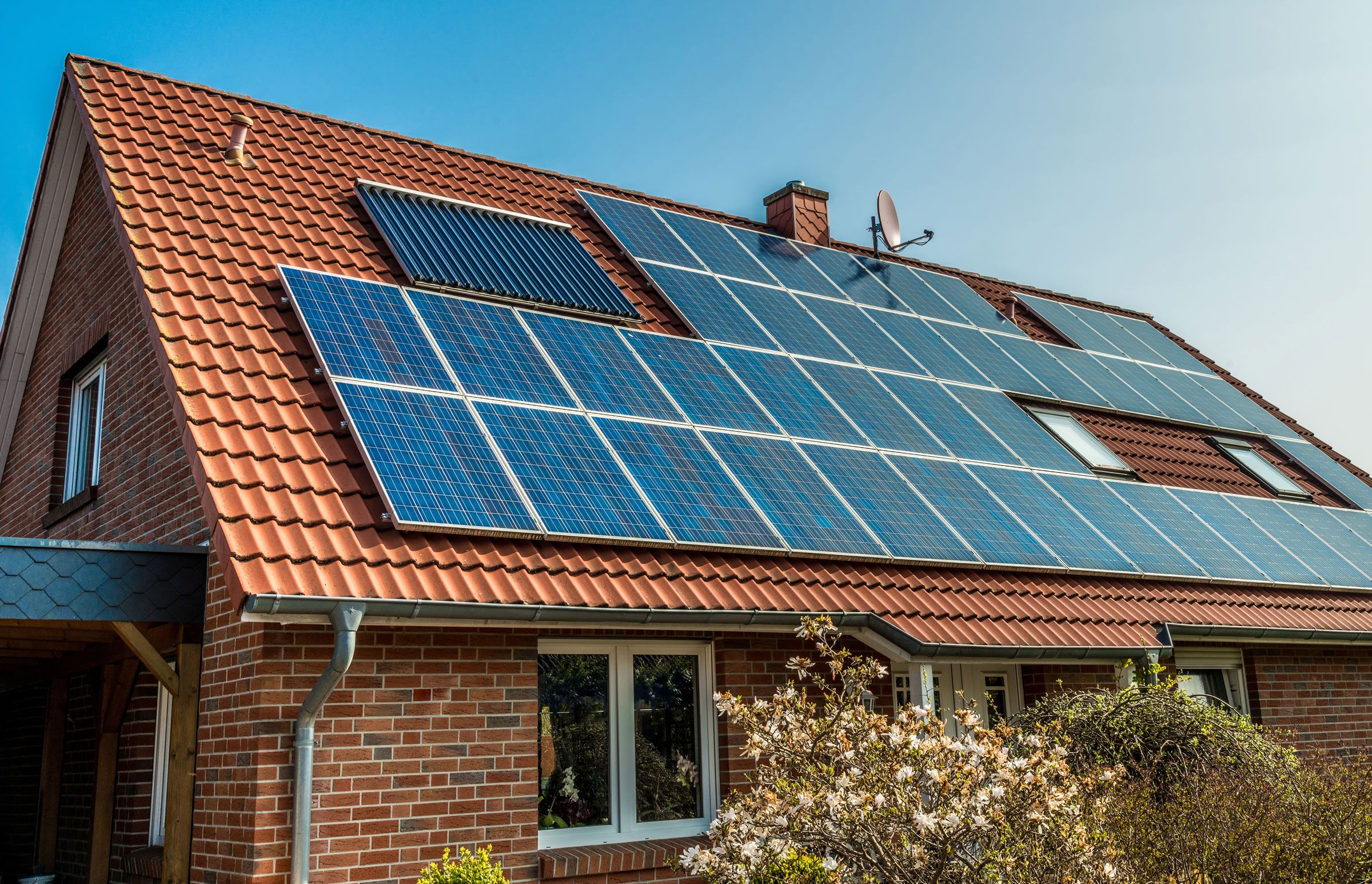
Quick Response to Disruptions
Today, an electricity disruption in service can have far-reaching effects. A service disruption can cause a series of failures that will affect many types of communications in our lives. Home service would only be one aspect of concern — but banking, traffic control and security in many areas would cease to operate. Disruptions are a major problem in parts of the country during the winter when homes can be left without heat.
A Smart Grid will add resiliency to our electric power system and allow us to be better prepared to manage emergencies, such as severe storms, tornados, earthquakes and terrorist attacks. Because of its two-way interactive communications capacity, the Smart Grid will allow for automatic rerouting when equipment fails or outages occur, thus minimizing outages and resulting issues when they do happen.
Detect and Isolate Power Outages
When a power outage occurs, Smart Grid technologies will detect and isolate the outages, managing them before they become large-scale blackouts. The new technologies will also help ensure that electricity recovery resumes quickly and strategically after an outage. This means having the ability to route electricity to emergency services first. In addition, the Smart Grid will take greater advantage of customer-owned power generators to produce power when it is not available from utilities.
By combining these distributed energy resources, a community could keep hospitals, emergency services, police departments, traffic lights, phone systems and food stores operating during emergencies. In addition, the Smart Grid is a way to improve an aging energy infrastructure that needs to be upgraded or replaced.
The Smart Grid is the best way to address energy efficiency and bring increased awareness to consumers about the connection between electricity use and the environment. It will increase national security for our energy system, drawing on greater amounts of renewable and consumer generated electricity that is more resistant to natural disasters and attack.
Giving Consumers More Control
The Smart Grid is not just about utilities and new technologies. It is about giving the consumer the information they need to make better choices about home energy use. Consumers already manage activities, pay bills, and do personal banking from a home computer. Now they will be able to manage electricity consumption in a similar way.
A Smart Grid will enable a much greater level of consumer participation. The consumer will no longer have to wait for a monthly statement to know how much electricity they use. With a Smart Grid, consumers will have a clear picture of the exact consumption and cost in real-time. Smart meters and other smart mechanisms help the consumer to see how much electricity they use, when they used it, and the cost of that electricity. This will allow consumers to save money by using less power when electricity is most expensive.
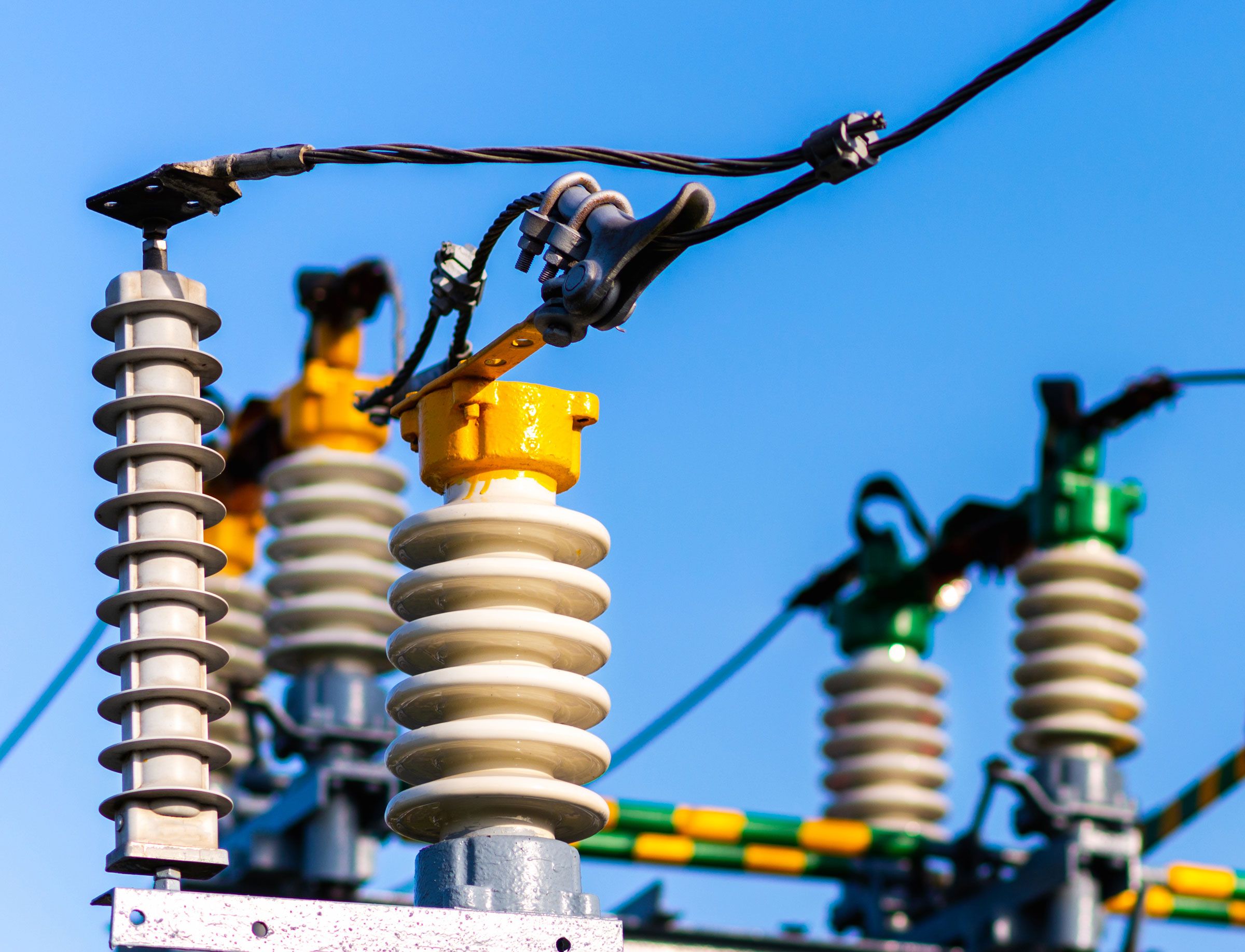
Smart Inverters Integrate Renewable Energies
Smart inverters are an emerging technology that can help integrate solar energy and other distributed energy resources (DERs) into the electric Smart Grid. Like traditional inverters, Smart inverters convert the direct current (DC) output of solar panels into the alternating current (AC) that can be used by consumers in their homes and businesses.
Smart inverters for solar photovoltaic (PV) systems actively interact with the electrical distribution system. Innovations in solar and wind generation, as well as energy storage, have resulted in both performance improvements and cost reductions. Increased sales, as well as technological advances, have reduced the pricing of solar panels.
Smart inverters are designed to go beyond the basic conversion function to provide grid support functions. Smart inverters provide frequency support, voltage regulation, as well as low-voltage ride-through (LVRT) capabilities that keep voltage steady during a voltage drop tolerance curve and provide the necessary injection of reactive current during voltage drops.
As the number of DERs on the grid keeps increasing, the need for additional inverter functionality has grown. Additionally, existing codes and technical standards for interconnection — like IEEE 1547 and UL 1741 — are being updated to ensure that Smart inverter capabilities can be fully utilized. To unlock the latest inverter functionality, some states are working to incorporate updated codes and standards through lengthy processes that are often technical and complex in nature.
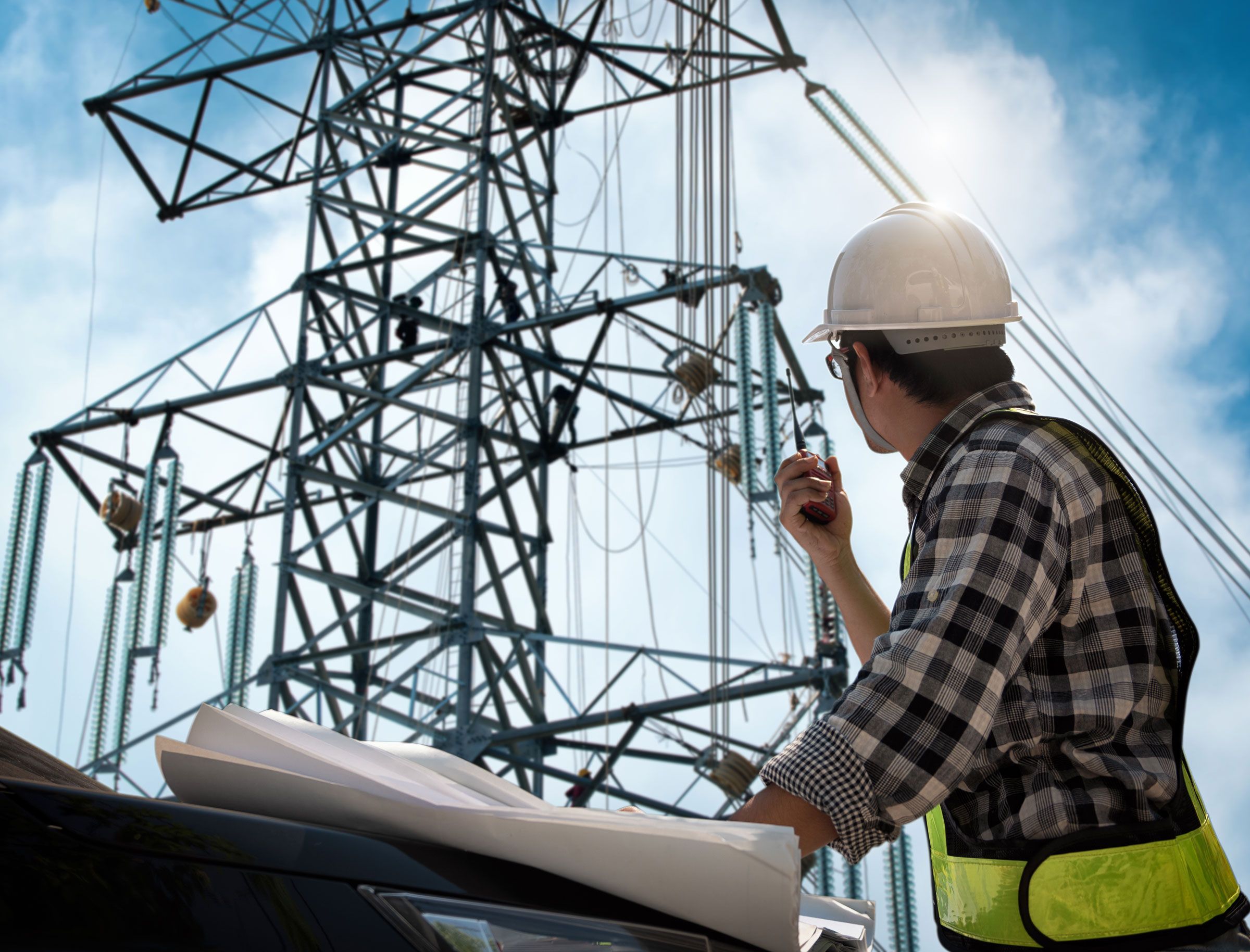
Building the Smart Grid
The Smart Grid will be made possible by creating a multitude of new technologies, equipment, policies, and agreements. Specially designed controls, computers and advanced power lines will all be included. It will take some time for all the technologies to be perfected, equipment installed, and systems tested before the Smart Grid becomes fully operational. In addition, there will be many local, state and federal policies with guidelines on how and where the new equipment, controls, computers, and power line towers can be located.
Electricity Purchase Agreements
To reach the ultimate goal, there is a need for policies and agreements between states on the sharing of transmission lines, as well as the purchase of excess electricity production between the states. Some states have a greater capacity to produce electricity from renewable solar energy than others. Those states with lesser access to renewable energy sources will need to purchase excess electricity generated by other states through solar and other renewable energy resources to meet their Renewable Portfolio Standards (RPS) requirements.

More than a dozen states and US territories have established RPS targets to procure all of their electricity from either renewable or non-carbonemitting resources by a published date. Many more states and territories are planning or discussing their approach to institute these targets. States or territories can also define what technologies are eligible to meet the RPS requirements. Each state or territory will decide what is their best path to reaching 100% renewable energy.
Government Participation
The US Department of Energy launched the “Building a Better Grid” Initiative in January 2022, to catalyze the nationwide development of new and upgraded high capacity electric transmission, as enabled by the Bipartisan Infrastructure Law. This initiative will coordinate action by community and industry stakeholders to identify national transmission needs and support the buildout of long-distance, high voltage transmission facilities. These facilities will be critical to reaching the goal of 100% clean electricity by 2035 — and a zero emissions economy by 2050.
This program will help make the US power grid more resilient to the impacts of climate change and increase access to affordable and reliable clean energy across the country. The completion of upgrading our current grid into a Smart Grid will create many new jobs across industry sectors, including those associated with the transmission of electricity.
Smart Grid evolving into the Future
It won't happen all at once. The Smart Grid will be evolving over the next decade — or, likely, even longer. There are many challenges to be met, but the current generation and new developing technologies will provide the solutions to any perceived roadblocks in the future. The United States absolutely needs a Smart Grid. Power outages in the US cost customers billions of dollars each year. Weather is the main culprit and has increasingly affected the grid over the past 20 years — a trend that will likely continue.
By building the Smart Grid, we are laying the foundation for a clean-energy future. A Smart Grid makes the transmission and distribution of electricity more efficient, resulting in better use of renewable sources of energy and streamlining the ability to harness many of the same digital tools we use to communicate in other industries. Once mature, the Smart Grid will bring many exciting transformations to the way we work and live.
In the future, using AI in smart power grids will change how we manage electricity. With advanced tools, the grid will be able to predict and prevent problems before they happen, making power more reliable and reducing outages. Real-time monitoring will help the grid quickly adjust to changes and keep the power supply steady.
AI will also help make better decisions, especially when adding renewable energy sources like solar and wind. This will boost energy supply and cut down on pollution, supporting global environmental goals. Combining these technologies will lead to smarter, more efficient energy systems.
As these improvements continue, smart grids will play a key role in creating a cleaner and more reliable energy future for everyone.
Role of Smart Grids in Supporting the Electric Vehicle Revolution
Smart grids are at the forefront of enhancing the electric vehicle (EV) revolution. They play an essential role in ensuring that the increasing demand for electricity is managed efficiently and sustainably. Here's how:
- Optimizing Charging Times: Smart grids can automatically charge electric vehicles during off-peak hours. This strategy helps avoid overloading the grid during high-demand periods, ensuring a balanced and stable supply of electricity for everyone.
- Renewable Energy Integration: These advanced systems prioritize the use of renewable energy sources for charging. By aligning charging times with periods when wind, solar, and other renewable energies are most abundant, smart grids reduce reliance on fossil fuels, contributing to a cleaner energy landscape.
- Vehicle-to-Grid Technology: Smart grids leverage vehicle-to-grid (V2G) technology, which allows EVs to act as mobile energy storage units. This means that during peak demand times, EVs can supply energy back to the grid, alleviating pressure on the infrastructure and ensuring a smoother electricity supply.
In essence, by enhancing grid efficiency and supporting sustainable practices, smart grids are pivotal to enabling a more robust and eco-friendly electric vehicle ecosystem.
Electrical Machine Controls for Over Four Decades
We hope you have benefited from this issue of EVERYTHING UNDER CONTROL and that you have learned a little more about how today’s electrical power grid is evolving into a Smart Grid and what it will mean to our lives in the near future. There are many industries and companies with new technologies that will play a part in the completion and implementation of the US Smart Grid.
In future issues, we will present information on the latest trends and advancements for a wide variety of industries that depend on c3controls products as an integral part of their machine controls.
----------------------------------------
Disclaimer:
The content provided is intended solely for general information purposes and is provided with the understanding that the authors and publishers are not herein engaged in rendering engineering or other professional advice or services. The practice of engineering is driven by site-specific circumstances unique to each project. Consequently, any use of this information should be done only in consultation with a qualified and licensed professional who can take into account all relevant factors and desired outcomes. The information was posted with reasonable care and attention. However, it is possible that some information is incomplete, incorrect, or inapplicable to particular circumstances or conditions. We do not accept liability for direct or indirect losses resulting from using, relying or acting upon information in this article.
ISO 9001:2015
Certified
17+ Million Product
Configurations
Lifetime
Warranty
Guaranteed
Same-Day Shipping
Advantage Pricing
Save Up To 40%
c3controls Headquarters, USA
664 State Avenue
Beaver, PA 15009
